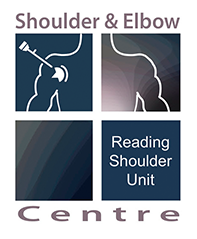The “Purse-string” Technique for Shoulder Stabilization, Description of the Technique, Long Term Results and Literature Review
Abstract
Background: Over the last 2 decades arthroscopic stabilization and Bankart repair has gained popularity due to the advances in materials and surgical techniques. Results of arthroscopic stabilization have been similar to open without the risks of it. The number of anchors used has been suggested to be very important in “spot-weld” arthroscopic stabilization however the “purse-string” technique (PST) can achieve similar results using only one anchor. We describe technique and long term results from using the PST and search the literature for other papers regarding PST.
Methods: Between 2003 and 2013 a total of 193 patients were operated. Patients included those with anterior instability. Using PubMed relevant studies reporting results of PST were identified.
Results: Mean follow up was 2 (range 0.5 to 3) years. 9 (4.7%) patients experienced recurrent instability. Almost all patients (97%) returned to their sporting and leisure activities and all professional athletes went back to the same sport. One more UK centre reported 6.1% recurrence in 114 patients at 4 years follow up. These results are similar to the published 11% recurrence of instability after “spotweld” arthroscopic techniques at 11 years clinical follow-up.
Conclusion: This study indicates that PST is safe and effective alternative method for the treatment of anterior shoulder instability. In this technique with one anchor simultaneous repair of labrum, creation of an anterior bumper and capsular shift can be achieved. It has the advantage of being cheaper, faster yet efficient with good long term results and leaves space for revision anchors in case of recurrence.
Keywords: “Purse-string” technique, Arthroscopic stabilization, Bankart, Number of anchors, Repair of labrum, Anterior shoulder instability, One anchor.
